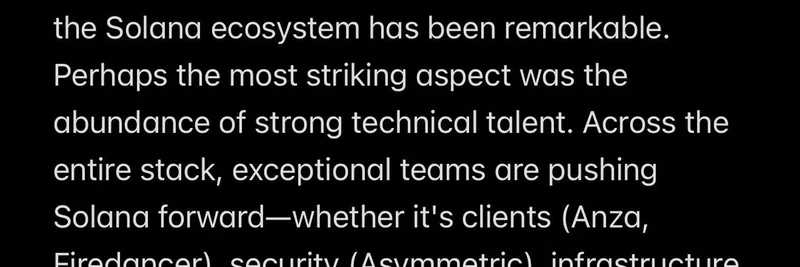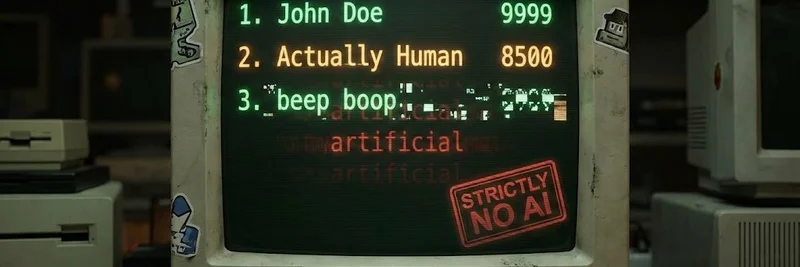Unpacking Sidra Chain: The Buzz from BSC News
Hey there, crypto explorers! If you've been scrolling through X (formerly Twitter) lately, you might've stumbled upon a intriguing post from BSC News asking, "WHAT ACTUALLY IS SIDRA CHAIN?!" They're spotlighting this up-and-coming platform that's making waves in the blockchain space, especially for those interested in ethical, Shariah-compliant finance. The tweet links to a comprehensive guide on BSC News, and we're here at Meme Insider to break it down for you in a fun, easy-to-digest way. Even if you're more into meme tokens, understanding projects like Sidra Chain can give you an edge in spotting the next big thing in decentralized finance (DeFi).
Let's dive in – no prior knowledge required. We'll explain the tech terms as we go, keeping things conversational like we're chatting over coffee.
What Makes Sidra Chain Stand Out?
Sidra Chain isn't your average blockchain. Launched in 2022 with its mainnet going live in October 2023, it's a decentralized Proof-of-Work (PoW) network forked from Ethereum. Think of PoW as a system where computers (miners) solve puzzles to validate transactions and secure the network – it's the same tech that powers Bitcoin.
But here's the twist: Sidra Chain is built with Shariah compliance at its core. Shariah refers to Islamic law, and in finance, it means avoiding things like interest (called riba), excessive risk (gharar), and investments in forbidden industries (haram, like gambling or alcohol). So, Sidra Chain offers tools like Sukuk – which are like Islamic bonds giving you ownership in real assets – and Murabaha, a transparent cost-plus-profit financing method where everyone knows the markup upfront.
This focus on ethics and transparency sets it apart in a crypto world often criticized for being a wild west. All transactions are on a public ledger, meaning anyone can verify them, aligning perfectly with Islamic principles of fairness.
The Tech Behind the Magic
At its heart, Sidra Chain uses smart contracts – self-executing code that automates agreements when conditions are met, like "pay this amount if the shipment arrives." They've integrated Know Your Customer (KYC) via a partnership with KYCPORT to keep things compliant and secure.
You can explore the blockchain yourself through their explorer at ledger.sidrachain.com. And get this: in July 2024, they dropped a mobile app on Google Play. It lets you mine Sidra Coin (more on that soon), manage your wallet, and even access banking services – all from your phone. Mining here is user-friendly; after KYC, your device can run it in the background without needing a supercomputer.
SDA Token: The Fuel of the Ecosystem
Every blockchain needs its native token, and for Sidra Chain, that's SDA (Sidra Coin). It's used for transactions, mining rewards, and paying for services within the network. Right now, about 780 million SDA are in circulation, mostly held by KYC-verified users. They've even burned around 19.5 million tokens (2.5% of the total) for Zakat – that's Islamic charitable giving, baked right into the system.
Tokenomics (the economics of the token) are straightforward: SDA powers everything from peer-to-peer transfers to ecosystem fees. If you're into meme tokens, think of SDA as a more serious cousin – utility-driven with a moral compass.
Ecosystem Breakdown: From Banking to Community Clubs
Sidra Chain isn't just a ledger; it's a full ecosystem:
Sidra Bank: A digital bank on the blockchain for low-fee transfers, transparent records, and Shariah-approved products. Say goodbye to hefty bank fees for international sends.
SidraClubs: This is their global push, blending blockchain with community building. It includes tokenizing assets (turning real-world stuff into digital tokens), crowdsourcing via SidraStart, and ensuring compliance through local partnerships. They handle everything from licensing to Shariah certification with regional experts.
Practical uses? Cross-border payments without intermediaries, tracking halal supply chains (ensuring products are ethically sourced), and fundraising for Islamic startups through profit-sharing models.
Partnerships, Roadmap, and Community Vibes
Sidra Chain teams up with KYCPORT for KYC and local pros for their clubs. Their roadmap has been rolling: mainnet in 2023, app in 2024, and ongoing expansions.
The community, dubbed the "Sidra Family," is pumped about blending Islam and crypto, but there are hiccups like KYC delays and app glitches. Social media is active with updates, though some users gripe about login issues. Overall, it's early days, but the potential is huge – tapping into a $4.94 trillion Islamic finance market by 2025 and 1.8 billion Muslims worldwide.
Why Should Meme Token Fans Care?
You might be thinking, "This sounds too serious for meme coins." Fair point! But in the volatile world of memes, projects with real utility and ethical backing can inspire the next wave of community-driven tokens. Sidra Chain competes with outfits like Islamic Coin on HAQQ, showing how niche blockchains could influence meme culture by adding layers of trust and purpose.
If you're intrigued, check out the original BSC News tweet here or dive deeper on their site. Who knows – maybe a Shariah-compliant meme token is next?
Stay tuned to Meme Insider for more breakdowns on crypto gems, meme or otherwise. What's your take on ethical blockchains? Drop a comment below!


